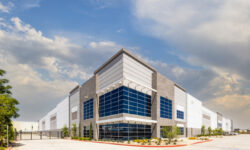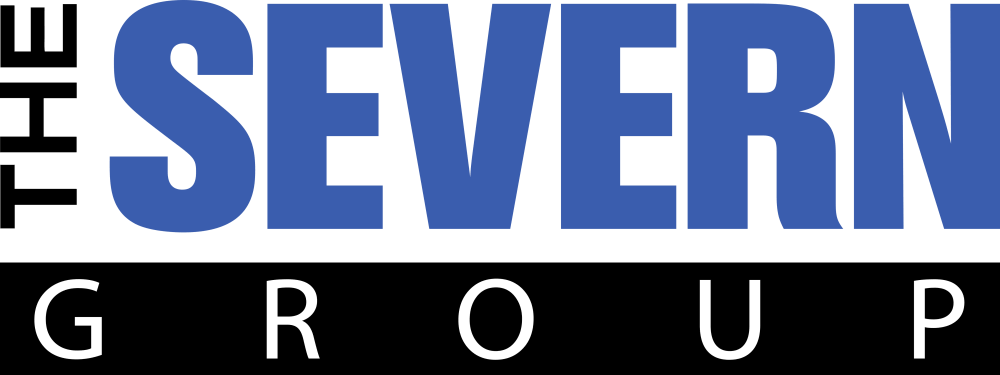Commercial HVAC systems are designed to operate in consistent, extended cycles for optimal efficiency. However, when systems start and stop repeatedly in short intervals, a problem known as HVAC short cycling, the consequences can significantly impact equipment performance and increase energy costs. This issue also compromises indoor comfort across commercial properties while substantially reducing system lifespan.
Read more →In recent years, climate extremes have become a constant concern in building management. Record-breaking summer heatwaves and unpredictable winter fluctuations have placed a major burden on commercial HVAC systems. Traditional heating and cooling setups are struggling to keep pace. Here’s what facility managers and property owners need to know, including how to adapt effectively.
Read more →Mixed-use commercial properties are a growing trend in Maryland, DC, and Virginia. Each zone has unique heating, cooling, and ventilation needs, making HVAC management complex. Mixed-use spaces must adapt to the needs of each occupant. For instance, retail areas need steady airflow to keep shoppers cool and comfortable. Offices need quiet systems that promote focus and productivity. Apartments demand comfort and unit-level control. Addressing the heating and cooling requirements of each tenant can be incredibly difficult. Fortunately, you can overcome these challenges by adopting established HVAC best practices designed to address the unique needs of mixed-use commercial properties. Here’s what you need to know.
Read more →Pressure imbalances in HVAC systems are a common yet often overlooked issue in commercial buildings across Maryland, DC, and Virginia. These inconsistencies disrupt airflow, affect comfort, and drive up your heating and cooling costs. The first step to addressing pressure imbalances involves identifying what they are and how they impact your commercial space. This blog identifies common signs to watch for and outlines how you can resolve imbalances.
Read more →When preparing for commercial buildouts, HVAC planning sometimes takes a back seat until it becomes a problem. Whether you’re a contractor overseeing a retrofit or a building owner reconfiguring interior space, your success hinges on one critical factor — HVAC adaptability. Unlike new construction, commercial buildouts in existing structures demand custom HVAC strategies that work with (not against) what’s already in place. The right approach can help your team get more work done and ensure everyone is comfortable all year long. At The Severn Group, we’ve seen what happens when HVAC is an afterthought. This guide can make sure it doesn’t happen to you.
Read more →Large commercial buildings often experience hot and cold spots, negative pressure areas, and other abnormalities that make certain areas uncomfortable. Installing a high-quality HVAC system and scheduling regular maintenance services can help mitigate these issues. However, commercial systems also require load balancing. Load balancing is a crucial but often overlooked factor in maintaining indoor comfort. It can address temperature inconsistencies in your commercial building and reduce energy consumption. Ensuring balanced airflow and pressure will also extend the life of your HVAC system. Here’s everything you need to know.
Read more →Establishing a comfortable working environment for your team members can foster greater productivity and focus while on the clock. One of the biggest variables to be aware of when doing so is the temperature of your building. And that means ensuring its heating, ventilation, and air conditioning (HVAC) equipment is up for the task. When you know how to optimize HVAC systems in your facility, you can maintain balanced temperatures. In turn, you’ll ensure your team members feel their best through every shift. Here’s what you need to know.
Read more →As a commercial property owner, it’s vital that you understand HVAC efficiency ratings. After all, heating and cooling your commercial space represents one of your largest operating expenses. Familiarizing yourself with these metrics is especially important if you are shopping for a new heating and cooling system or preparing to retrofit your existing HVAC equipment. With that in mind, here’s everything you need to know about HVAC efficiency ratings.
Read more →With proper upkeep, your commercial HVAC system can last approximately 15 years. However, heating and cooling technology is constantly evolving, which means your stock HVAC system won’t be able to compete with modern equipment after it’s a few years old. Enter HVAC retrofitting, a cost-effective alternative to a full system replacement that delivers improved performance and reduced operating costs. HVAC retrofitting ensures your heating and cooling system meets your company’s needs while maximizing equipment lifespan. Here’s everything you need to know.
Read more →Maryland businesses are preparing for the coldest months of the year, where average daily temperatures range from 28-45 degrees Fahrenheit. As winter approaches, you need to make sure your heating, ventilation, and air conditioning (HVAC) systems are ready. Otherwise, you could face increased utility bills and underperformance. The question is, which energy-saving HVAC upgrades are a worthwhile investment? Here are some practical options to help your commercial property stay efficient and warm through the cold months.
Read more →









